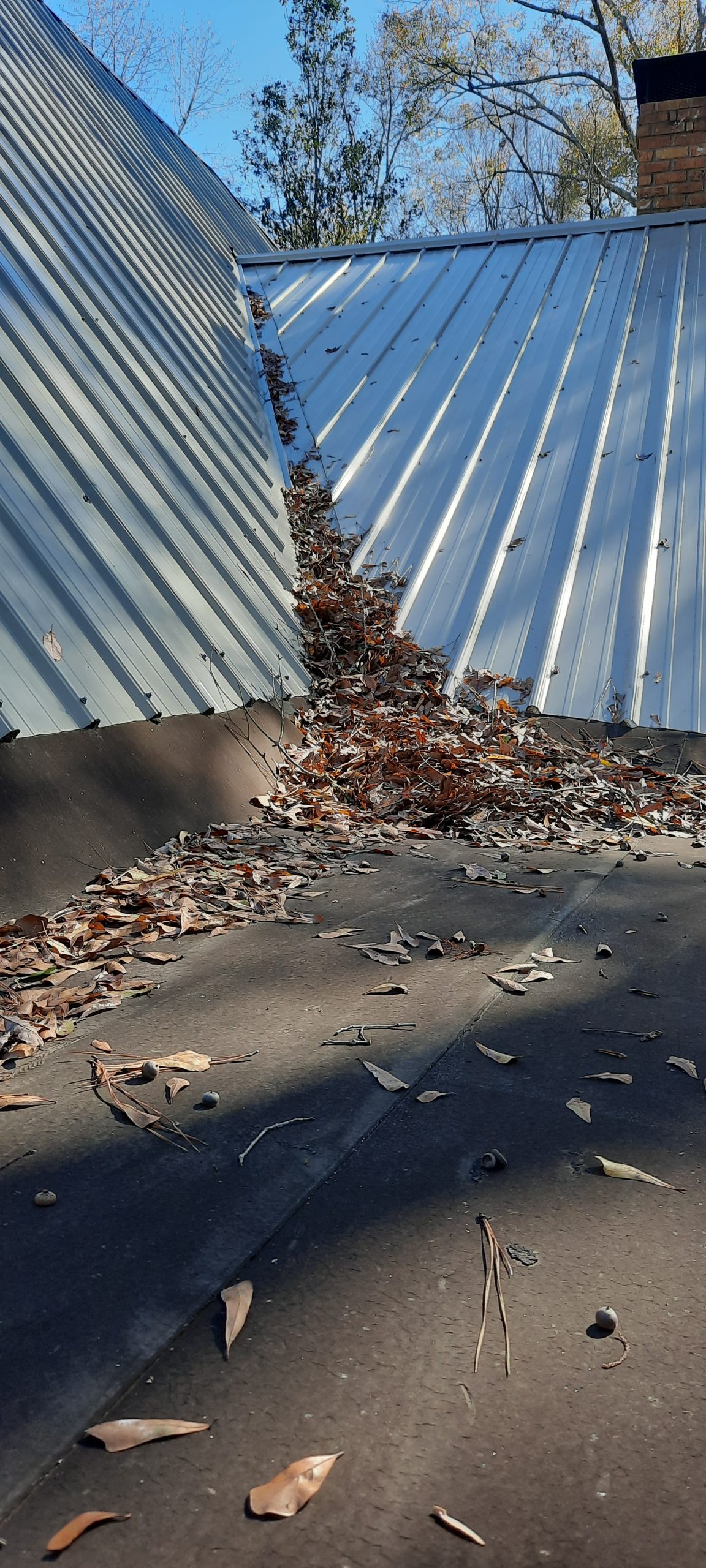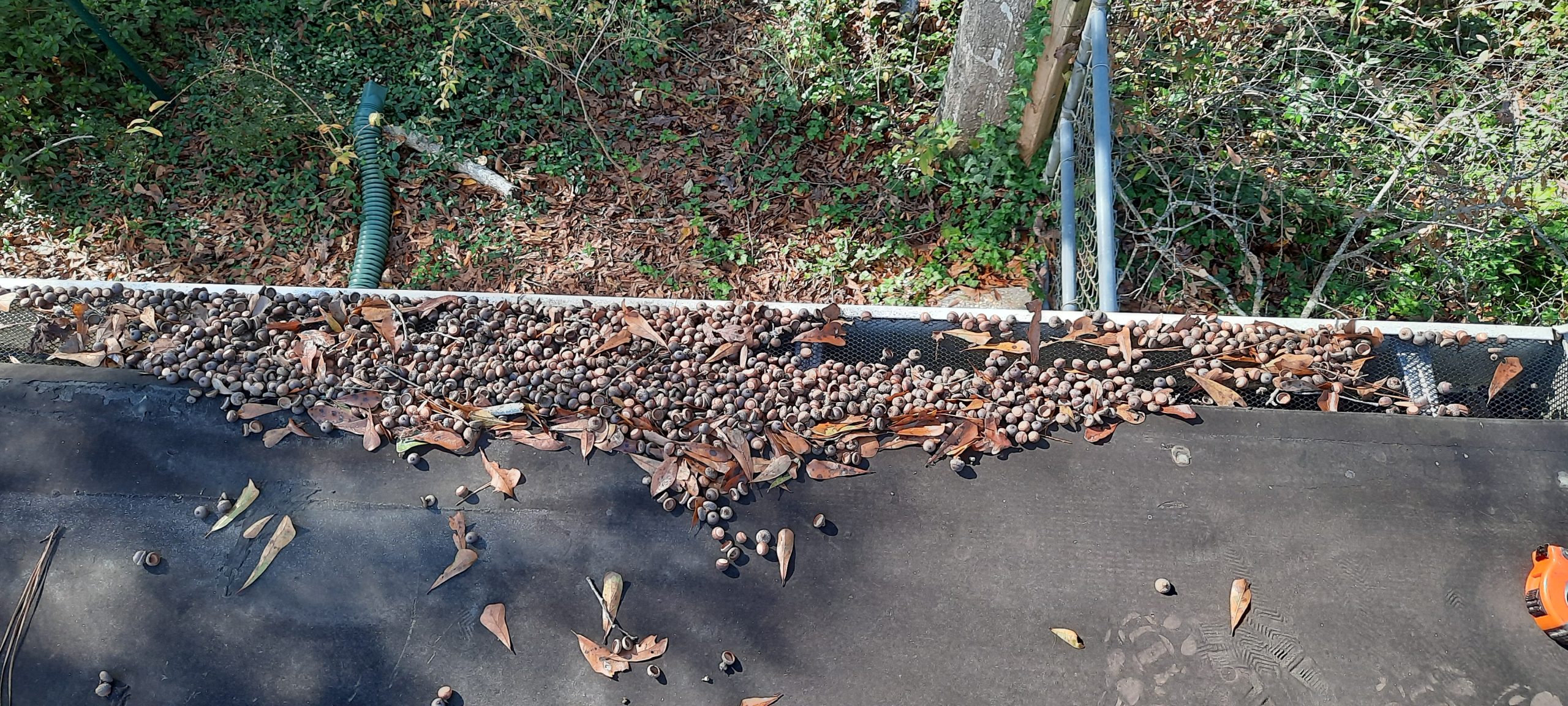Why you need a moisture meter (and how to use it!)
Why you need a moisture meter (and how to use it!)
Moisture meters are like thermometers. When you think, I feel warm…do I have a fever? You might ask someone else to put their hand on your forehead for a reference check, but if they’re not sure, what you really need is a thermometer to verify your body temperature. Likewise, sometimes in my own home I see a dark spot on a wall or windowsill that I hadn’t noticed before, and think, is that a water stain or actively leaking water? I place my fingers or hand on the spot to see if I feel moisture, but if it’s not sopping wet, it’s sometimes hard to tell if there’s any difference with the surrounding material. What I need is a moisture meter.
Moisture meters work to sense moisture by electrical conductivity. Since water is more conductive than drywall, wood and many materials (other than metal),it uses this property of water to “detect” the relative moisture. For this reason, some types of moisture meters are made for gardeners and farmers, to tell when the soil is too dry and plants need to be watered (this type doesn’t even need a battery). Moisture meters for home inspections, however, come in “pin” and “pinless” varieties. The “pin” type have sharp pins for actually sticking into the material, while pinless meters–you guessed it–don’t have pins. This type detects moisture using conductance by either radio frequency or capacitance of a material. (Evaluating Pinless Moisture Meters Vs. Pin Moisture Meters) Both have their place in a professional home inspector’s toolbox for different reasons.
Here are some considerations to decide which moisture meter to use:
Accessibility and Damage: Obviously, you can’t insert a pin moisture meter into materials like concrete and tile without damage, so pinless would be the way to go. Also, if the material is highly visible and/or valuable, you might not want to insert pins into it (even though the holes are small).
Speed: Pinless meters are much faster because you don’t have to stop and insert pins into the material.
Accuracy: Both types of meters can be accurate, but pin meters are preferred by home inspectors (when possible to use them) because pins have the ability to sense deeper into the material, and their readings are very repeatable when inserted into the same holes.
Adaptability: Pin meters may come with a variety of accessories (types of pins) for different surfaces. There are hammer electrodes (you guessed it-for hammering them in!), deep wall probes, extension probes and baseboard probes.
Now that you know the difference, how do you use them?
For those that like videos, here’s a good short one by This Old House. Here are the takeaways:
- Thermal cameras can also be used to spot moisture in a wall because of temperature differences, but unless you’re an expert, you should confirm that’s it not simply missing insulation with a moisture meter.
- When using a moisture meter, good dry material should show between 6-9% moisture.
- 15% or more indicates a definite water intrusion problem. You’ll need to consider replacing the material if it’s drywall, or if it’s wood, at least removing it to assess damage, expose the backside and dry it thoroughly.
- Some meters are “combination” meters that have pins and pinless technologies.
It’s important to know some quirks about using moisture meters. You can watch a very interesting video (up to about minute 5:50) from a reputable home inspector showing these points, or read them here:
- Metal also has low resistance to electricity (high conductivity), so if there’s metal in the surface, like a metal cornerbead in drywall or metal lath behind tile or nails or screws, you can get a reading that looks like moisture when in fact it’s dry; the metal gives a false positive.
- Moisture meters are not very accurate on tile. The minerals in the masonry/concrete can give a false positive. Also, there can be metal flashing under tile, especially behind shower surrounds. You must use intuition/other tools to find real water intrusion and remediate.
- Dry dog and especially cat urine will give false positives because the minerals in the urine will permanently alter the composition of the material (drywall, carpet, etc.), causing it to be more conductive and appear "wet" to the meter.
- Moisture meters only read water, not mold. Although mold needs moisture to grow, it takes a few days to take root (typically 48 hours for very wet surfaces), so if you catch the moisture soon enough and dry it out quickly, you may not have a mold issue.
- Moisture meters may give a normal reading (false negative) even though you have mold! This can happen when the mold is caused by humidity. A moisture meter will typically not pick up excessive moisture when the mold is caused by condensation. The condensation occurs only on a very thin layer of the material. While this is sufficient to cause mold growth, it typically will produce a normal reading on a moisture meter. (Humidity and Mold in Home)
Moisture meters can be used in other situations, too! It’s nice to know:
- Is the firewood dry enough to burn well: It's important to burn only wood with moisture content below 20%. Burning wood with higher moisture content creates more smoke, which contains harmful chemicals and particulates and forms creosote on your chimney. It also gives you less heat, because it takes energy to boil off the excess water. (Storing and Drying Firewood)
- How dry does a wood surface need to be in order to paint it? According to an Amazon Technical Bulletin, most outdoor wood, concrete, stucco and plaster surfaces must be at or below 12%, otherwise the paint may not adhere properly, or risks failing early. Indoor wood and cabinetry should be closer to 6%.
- Are your hard wood floors ready to install? Wood flooring installers typically want the moisture content of hardwood floorboards to be between 6% and 9% (based on an indoor temperature of 60–80° F and 30–50% relative humidity). (How to Measure Moisture in Hardwood Floors)
Finally, like many other products, the more functions a moisture meter has, the more expensive it’s going to be. Here are some functions:
- Ability to “calibrate”: although most cheaper meters do not have a “calibration” function, some have a button to return the device to a factory preset.
- Ability to choose a very specific material (like concrete, drywall, softwood, hardwood, etc.) Here is a video showing the differences between using a cheap moisture meter and a more expensive one for woodworking.
- Sensitivity: Instead of soft or hardwoods, some testers allow to select based on a table of listed woods, like this one (more specific for woodworking).
Here are some devices to consider:
Pinless meters:
- Wood Moisture Meter (Pinless-colors), $37, has an LED display screen that looks like an analog meter, with green to red color codes that align with the moisture content. The pinless moisture meter is penetrates up to 0.75inches deep. Despite the warning that it’s not recommended for drywall, many customers report using it with success in finding leaks behind drywall before they became too serious.
- Klein Tools ET140 Pinless Moisture Meter, $42: This rugged meter seems to be very easy to use in selecting the material and verifying the moisture content.
Pin meters:
- Moisture Meter,MESITOOL Wood Moisture Tester, $20: This meter has a large, backlit digital readout, material selection, and an extra set of replacement pins.
- Wood Moisture Meter, TESMEN TWM-186 Portable Pen Moisture Meter, $15, is super-small and adaptable. It has 2 modes and 7 calibration scales tailored to various woods and construction materials, covering a moisture range from 0.0% to 58%.
“Combo” meters:
- Gseilwo Pin&Pinless Wood Moisture Meter, $20: This meter has 4 settings for different materials (SOFTWOOD/ HARDWOOD/ WALL/ MASONRY) and visual and audible alerts.
- Dr.meter Wood Moisture Meter, 2 in 1 Pin & Pinless Moisture Tester, $26, is similar to the Gseilwo above in that it has 4 material settings and audio and visual alerts.
- Calculated Industries 7445 AccuMASTER Duo Pro Pin & Pinless Moisture Meter, $73, has a sturdy, easy to grip design and cover for pins that locks into the base while using. The LCD display is large and it can accurately test different materials.
Reading the reviews on these devices, we’ve seen many homeowners and renters who are able to make quick, informed decisions to call in professional help and get repairs going before serious water damage and mold took root in their homes. We think it’s an important tool to have in your toolbox whether or not you think you need it right now, because water damage can escalate quickly in hours and days, and the time spent looking or ordering one could be very precious!
Photo by Pawel Czerwinski on Unsplash



